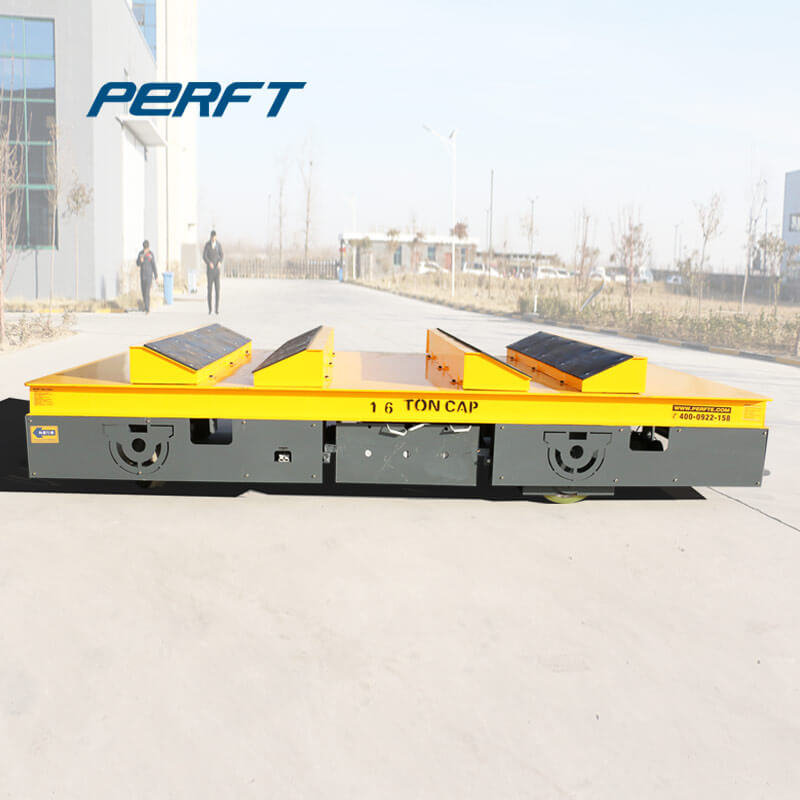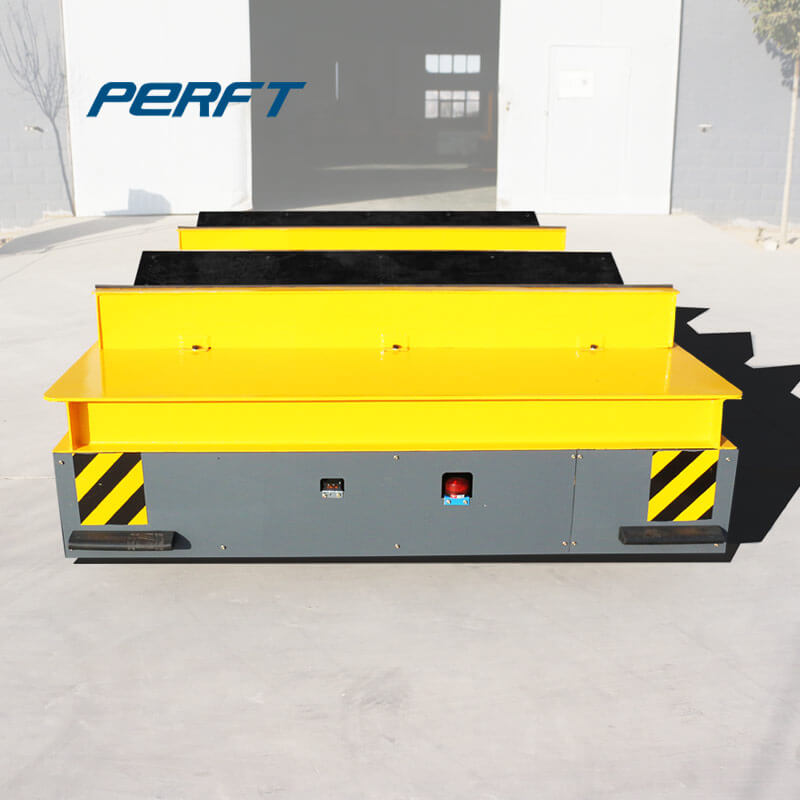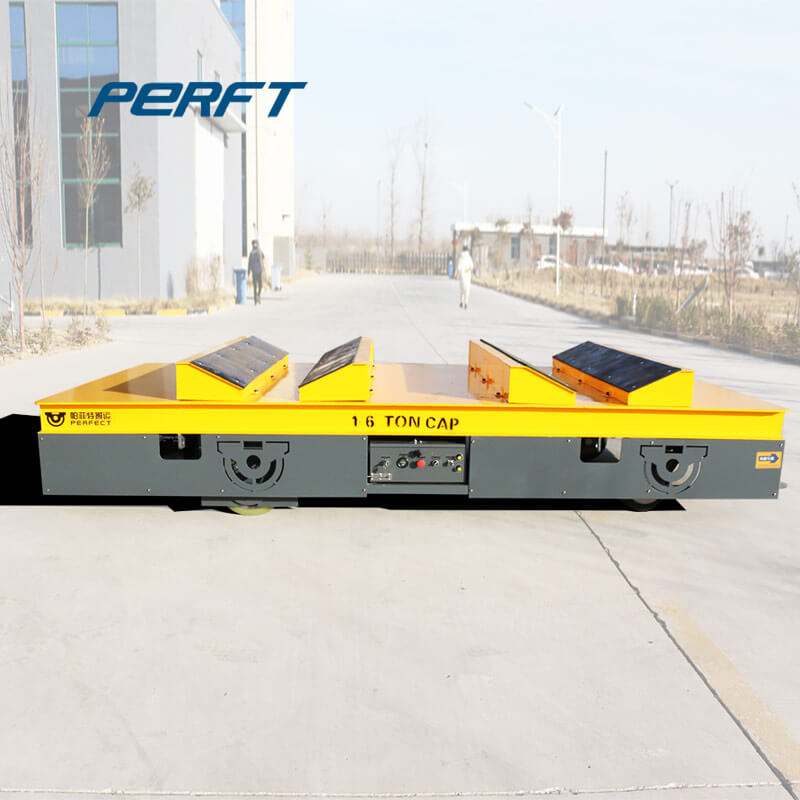








ton-miles from truck to rail and a 0.8 percent reduction in the total amount of tonnage transported. Such a policy would have eliminated 3.2 million highway truck trips per year and saved about 670 million gallons of fuel annually (including the increase in fuel used for rail freight).
China Rail Wagon manufacturers – Select 2022 high quality Rail Wagon products in best price from certified Chinese Transportation, Train Wheel suppliers, wholesalers and factory on Made-in-China.com
Jul 01, 2011 · Freight carried by rail emits much less CO 2 than freight transported by heavy goods vehicles (HGV). In the UK, for example, the average CO 2 emission per ton/km is 28.3 g for rail freight, 118.6 g for HGV, and 400 g for light goods vehicles .
Mar 16, 2022 · Reefer Freight Rates – March 07, 2022. Reefer freight rates are averaging $3.46 per mile, down $.05 from the February average. Reefer rates are highest in the Midwest, averaging $4.08 per mile, and the lowest rates are in the Southeast, with an average of $3.11 per mile.
200W. 1145. NITRO COTN CONTG N/MORE THAN 12.3% NITRGN&1/3RD METHYLD SPRT. 200. 200W. 1146. NITRO COTTON CONTG NOT MORE THAN 12.3% NITROGEN &1/3RD WATER.
Freight Cars are non-motorized vehicles that can be attached to Electric Locomotives or another Freight Car to form a train. They have a capacity of 32 item slots or 1,600 m3 for fluids and allow for the transportation of resources over Railways. Freight Cars can be loaded and unloaded via Freight Platforms or Fluid Freight Platforms. If at least one item is loaded, a freight container will be
Jul 08, 2020 · Trains are four times more efficient than trucks, moving one ton of freight 470 miles on just a single gallon of diesel fuel. [11] Rail’s lower fuel consumption also leads to lower carbon emissions overall. Despite handling a third of all intercity freight volume, rail accounts for 2.0% of all transportation-related emissions. [12]
30 in. x 19 in. 1000 lb. Capacity Hardwood Dolly. 30 in. x 19 in. 1000 lb. Capacity Hardwood Dolly. $1399. Add to Cart. Add to My List. FRANKLIN. 4-in-1 Convertible Hand Truck. 4-in-1 Convertible Hand Truck. $19999.
May 22, 2019 · Lease rates for today’s freight railcars are subject to market demand changes. Decades ago, the typical freight railcar had a new cost below $50,000. Today, the typical freight railcar is in the $100,000 to $150,000 range. Overall, there are six basic freight railcar types. But within each railcar type, there are multiple specific design factors.
• Typical freight train is about 100 cars (generally range from 50 to 150 cars) 100 cars x 110 tons lading per car = 11,000 tons of lading • Railcar Gross Rail Load = 286,000 lbs. GRL (= 143 tons)
2022 International Container Shipping Rates & Costs. The maps and tables below show 2022 international container shipping rates & costs for moves originating in the US, UK, Canada and Australia. You can jump to the relevant section using the following links: US, UK, Canada, Australia, 20ft vs 40ft Containers, LCL vs FCL, Land Freight, Sea
efficiency in rail freight. 7.2.2 Road-to-rail strategy Road is currently the primary mode of transport for freight for various reasons, with rail taking the backseat due to the sector’s being characterised by significant constraints. While road freight delivery has significant advantages, the great number of freight vehicles on the road
CNC Gantry Panel Saw, 5 Axis, with Dual Rail Cart System. 5 Axis CNC controlled gantry panel saw Sawing Systems, Inc Year: 2007, SN: 07M10 Width- 25.5″, Length- 256″ Steel Piers for tram rail s (upgraded from masonry walls) Dual Rail car system to move aerated concrete s
The 2018 CSX system-wide train efficiency metric equals: 208,712,027,000 ton-miles / 423,998,863 gallons = 492 ton-miles per gallon. In other words, CSX trains, on average, can move a ton of freight nearly 500 miles on a gallon of fuel, based on our 2018 revenue ton miles and 2018 fuel use. The fuel efficiency for a freight truck can be
made possible by freight railroads. • Rail coal volumes have fallen in recent years, but coal is still a crucial commodity for U.S. freight railroads and the larger economy. In 2020: • U.S. railroads moved 3.0 million carloads of coal, with each rail car carrying enough coal to power 19 homes for a year. • Coal accounted for 25% of originated